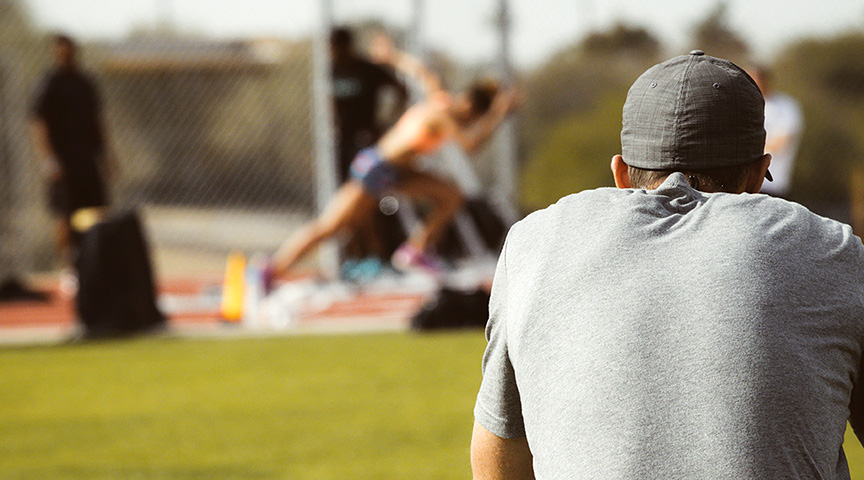Getting Young Student-Athletes Ready for the Athletic School Year
As a new school year begins, many students return to their favorite sports or try something new.
A recent story from HealthDay News spoke with a sports medicine professional from Baylor University to discuss how to get young student-athletes ready for the fall athletic season.
 Below is an excerpt from the HealthDay News story.
Below is an excerpt from the HealthDay News story.
Encouraging kids to make physical activity part of their lives has lifelong benefits, said Dr. Theodore Shybut, assistant professor of orthopedic surgery and sports medicine at Baylor College of Medicine in Houston.
Shybut offered some tips for getting children ready to start fall sports or any physical activities at any age. His advice comes at a time when many youngsters may be losing interest in organized sports.
Shybut recommends giving the youngest kids opportunities to explore many activities to see what they like best. Create an environment in which a child feels encouraged to be active with routine free play at home, family walks or trying out the latest exercise trend.
“Keep it fun and interesting. The goal is to cement the idea of exercise as an enjoyable and healthy habit,” Shybut said in a college news release. “Once your child latches onto something they like, then you can then work together to begin mastering the fundamentals of the activity they choose to pursue in the long term.”
Kids and teens who have already participated in organized sports at school or in community leagues should be given opportunities to stay active during their off-seasons. Appropriate drills or training camps can get them ready for a new season and help prevent injury.
In hot regions, the need to beat the heat is key.
“It’s important for athletes to adjust to heat and sun exposure,” Shybut said. “Even a week of regular exercise before group training sessions begin can be beneficial. Additionally, ensuring young athletes are properly hydrated is vital to preventing serious heat-related illnesses.”
Make sure kids get the chance to recover from workouts with a proper diet and sleep. The keys are a healthy sleep schedule and a diet rich in unprocessed foods, such as fruits, whole grains, beans, nuts, and vegetables, plus complex carbohydrates and proteins.
Young athletes’ diets should be tailored to the sport they do. Those who have heavy training loads, such as competitive swimmers, for instance, may need to eat throughout the day to get all the calories they need.
“Above all, their activity should be healthy and enjoyable,” Shybut said.
To read the full story from HealthDay News about getting student-athletes ready for the school year, click here.







